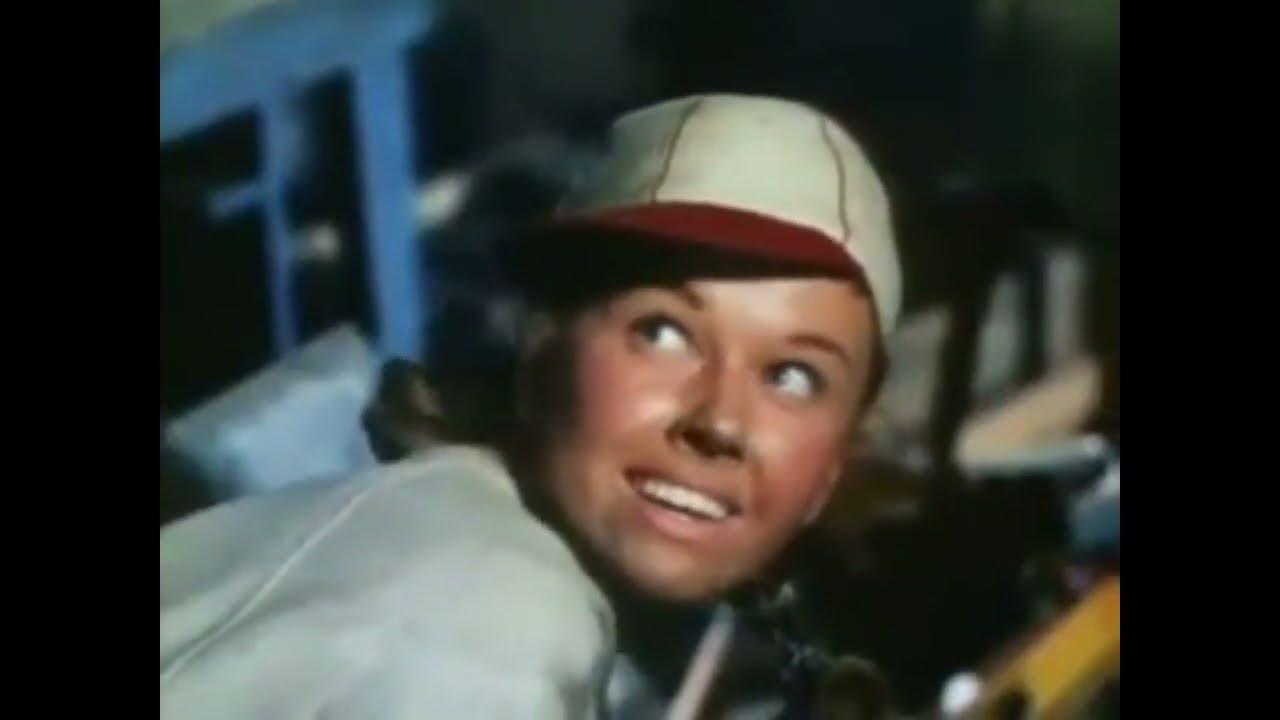The portrayal of spanking from movies has long been a subject of debate and discussion among audiences and critics alike. This practice, often depicted in various cinematic contexts, elicits a range of emotions and interpretations. From the comedic to the dramatic, the representation of spanking can serve different narrative purposes, often reflecting societal attitudes towards discipline, authority, and morality. In this article, we delve into the implications of spanking in films, exploring its cultural significance and the conversations it ignites.
The concept of spanking in movies transcends mere physicality; it opens a window into the cultural psyche of the times. As we analyze various films that feature spanking, we will uncover the underlying messages these scenes convey and how they resonate with audiences. By examining the context in which spanking is portrayed, we can better understand its role within the narrative and the influence it has on viewer perceptions around discipline and authority.
Throughout this article, we will explore notable examples of spanking in films, discuss the historical context of such portrayals, and consider the implications of these representations on contemporary audiences. Whether viewed as a comedic device or a serious commentary, the depiction of spanking in cinema continues to provoke thought and discussion. Join us as we navigate this complex topic, shedding light on the multifaceted nature of spanking in movies.
Table of Contents
- Biography of Spanking in Cinema
- Cultural Impact of Spanking in Movies
- Historical Context of Spanking in Film
- Notable Examples of Spanking in Movies
- Audience Reception and Reactions
- Modern Interpretations of Spanking
- Ethical Considerations Surrounding Spanking
- Conclusion
Biography of Spanking in Cinema
The depiction of spanking in cinema can be traced back to the early days of film, where it was often used as a comedic trope or a form of punishment. This section will provide an overview of how spanking has evolved in movies over the decades.
Early Cinema
In the early 20th century, films often depicted spanking as a humorous consequence of misbehavior, particularly in family-oriented comedies. These portrayals often reflected the societal norms of the time, where physical discipline was more accepted.
The Golden Age of Hollywood
During the Golden Age of Hollywood, spanking was less frequently shown explicitly but remained a recurring theme in children's films and comedies, reinforcing the idea of discipline within family dynamics.
Cultural Impact of Spanking in Movies
Spanking in films can serve as a reflection of cultural attitudes towards parenting and discipline. This section will explore how these portrayals influence societal perceptions.
Reflection of Societal Norms
- Spanking as a Norm: Historically, spanking was viewed as an acceptable form of discipline.
- Changing Attitudes: Modern society is increasingly critical of physical punishment.
Influence on Parenting Styles
Films that depict spanking can influence viewers’ beliefs about parenting and discipline, often shaping their attitudes towards acceptable forms of punishment.
Historical Context of Spanking in Film
The historical context of spanking in cinema is essential to understanding its portrayal in contemporary films. This section will discuss how societal changes have affected the depiction of spanking in movies.
Shift in Cultural Attitudes
The late 20th century saw a significant shift in cultural attitudes towards spanking, with increasing awareness of child psychology and the impact of physical punishment on children.
Regulations and Censorship
As societal norms evolved, so did regulations surrounding the portrayal of violence and punishment in media, leading to a decline in explicit depictions of spanking.
Notable Examples of Spanking in Movies
This section highlights key films that feature spanking, examining their context and significance.
Classic Comedies
Many classic comedies, such as "The Little Rascals" and "The Parent Trap," showcased spanking as a humorous consequence of childhood antics.
Contemporary Films
- "Bad Moms" - A comedic take on modern parenting.
- "The Good Son" - A darker portrayal of parental discipline.
Audience Reception and Reactions
How audiences receive and react to spanking scenes can vary widely. This section will explore different perspectives on these portrayals.
Comedic vs. Serious Contexts
Audiences often respond differently to spanking when it is presented in a comedic context compared to a serious one, affecting their interpretation of the message.
Changing Tastes
As societal norms evolve, audience tolerance for such depictions in films may change, leading to a reevaluation of past films.
Modern Interpretations of Spanking
Contemporary films are increasingly cautious about depicting spanking, often choosing to address discipline in more nuanced ways. This section will discuss these modern interpretations.
Alternatives to Spanking
- Emphasis on Communication: Modern films often promote open dialogue as an alternative to physical discipline.
- Psychological Impacts: Films may explore the psychological effects of discipline rather than portraying it physically.
Representation of Authority
Modern cinema frequently examines the dynamics of authority and power, often critiquing traditional forms of discipline.
Ethical Considerations Surrounding Spanking
The ethical implications of depicting spanking in films are significant. This section will delve into the moral responsibilities of filmmakers.
Influence on Behavior
Filmmakers must consider how their portrayals of spanking may influence real-life attitudes towards discipline and child-rearing.
Potential Harm
There is an ongoing debate about whether depicting spanking in a positive light may normalize or trivialize the practice, potentially leading to harmful real-life consequences.
Conclusion
In conclusion, the portrayal of spanking in movies is a complex and evolving topic that reflects changing societal norms and attitudes. As we have explored, the historical context, cultural impact, and audience reception of these portrayals offer valuable insights into the relationship between cinema and real-life practices of discipline.
We encourage readers to reflect on their own perceptions of spanking in the context of film and consider the broader implications of these depictions. Share your thoughts in the comments below or explore more articles on related topics.
Thank you for joining us on this exploration of spanking in movies. We hope to see you again soon for more engaging discussions on the intersection of cinema and culture.
Article Recommendations


